Drawing the female body is a popular subject among artists, but it can also be a challenging one. Whether you’re a beginner or an experienced artist, understanding the basics of female anatomy is crucial to creating accurate and appealing figures. This article will provide an overview of the key concepts and techniques involved in drawing the female body, from the head to the legs, and will offer tips and tricks for adding details and creating characters.
Understanding the Basics of Female Anatomy
Before you start drawing the female body, it’s important to have a basic understanding of female anatomy. This includes knowledge of the skeletal structure, muscles, and proportions of the female form. By studying these elements, you can create more realistic and dynamic figures. Additionally, it’s important to consider factors such as lighting, shading, and perspective when drawing the female body, as these can greatly impact the overall look and feel of your artwork.
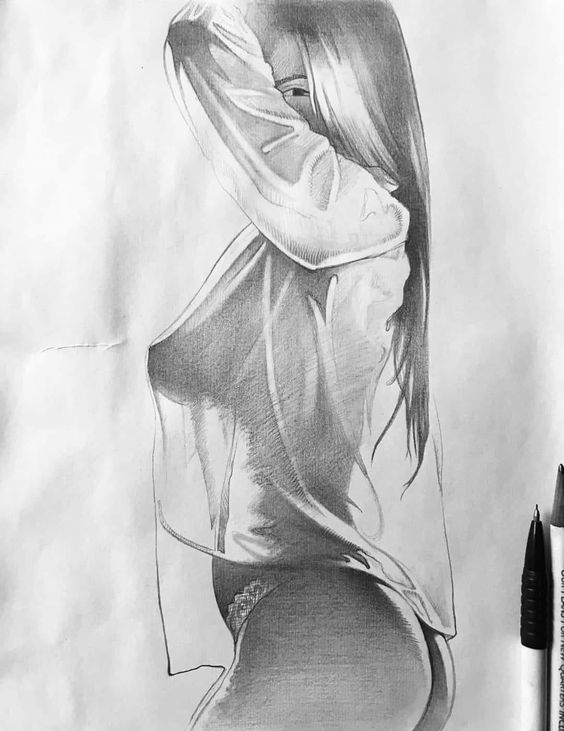

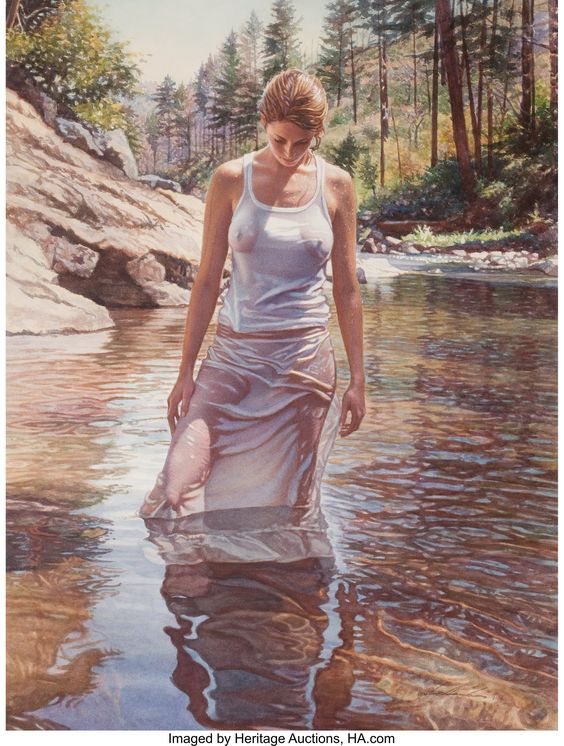
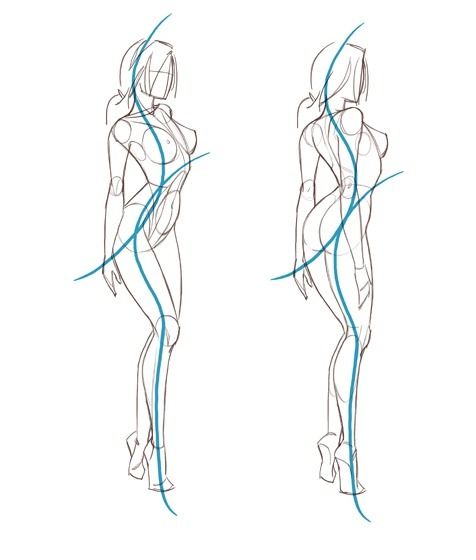
Key Takeaways
- Understanding the basics of female anatomy is crucial for creating accurate and appealing figures.
- Paying attention to factors such as lighting, shading, and perspective can greatly impact the overall look and feel of your artwork.
- By mastering the art of drawing the head, you can create more lifelike and expressive characters that resonate with your audience.
Tools Required
Before starting to draw, it is important to have the right tools. The essential tools required for drawing the female body include a pencil, eraser, and sharpener. It is recommended to use a variety of pencils, such as 2B, 4B, and 6B, to create different shades and textures. Additionally, a kneaded eraser is helpful in creating highlights and removing unwanted marks.
Concept of Proportions
The concept of proportions is crucial to accurately drawing the female body. One way to simplify the female body is to break it down into basic shapes, such as circles, ovals, rectangles, and triangles. It is important to keep in mind the body proportions when drawing the female body. For instance, the average female body is approximately 7.5 heads tall, with the head being one of those heads. The shoulders are typically 2 heads wide, and the hips are 3 heads wide.

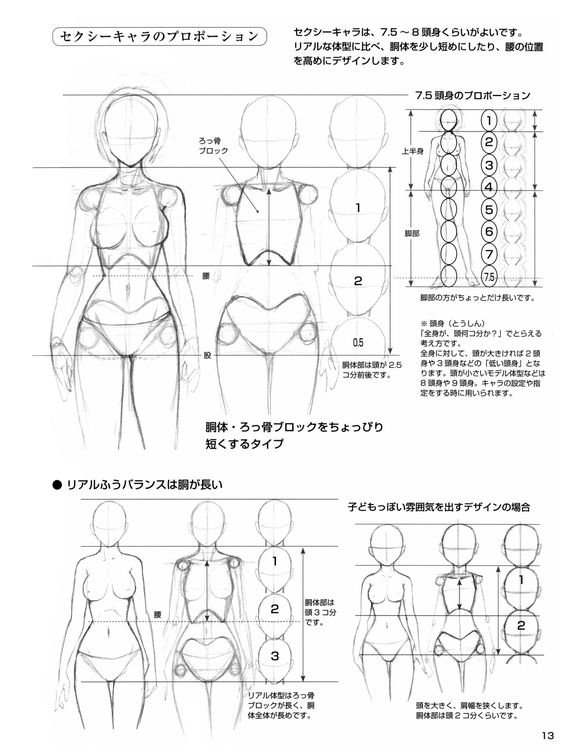
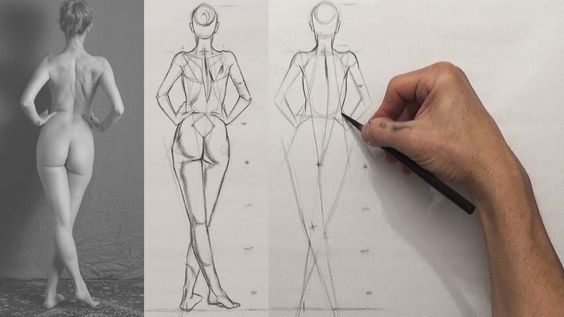

Drawing Shapes
Drawing shapes is an important part of drawing the female body. The basic shapes include circles, which form the head and breasts, and ovals, which form the torso and hips. Rectangles are used to create the arms and legs, while triangles are used to create the hands and feet. It is important to keep in mind the proportions of these shapes when drawing the female body.

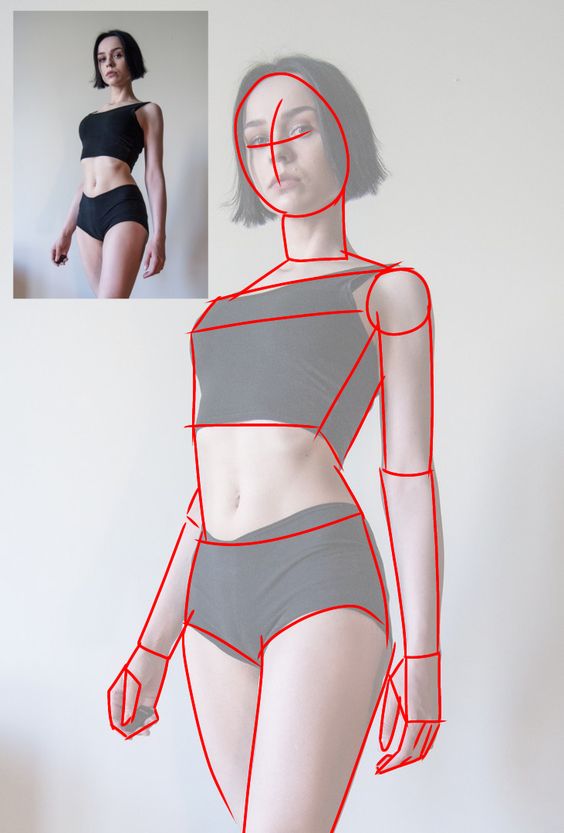
In conclusion, understanding the basics of drawing the female body is crucial to creating accurate and convincing representations. By using the right tools, understanding body proportions, and drawing basic shapes, one can create beautiful and realistic drawings of the female body.
Drawing the Head

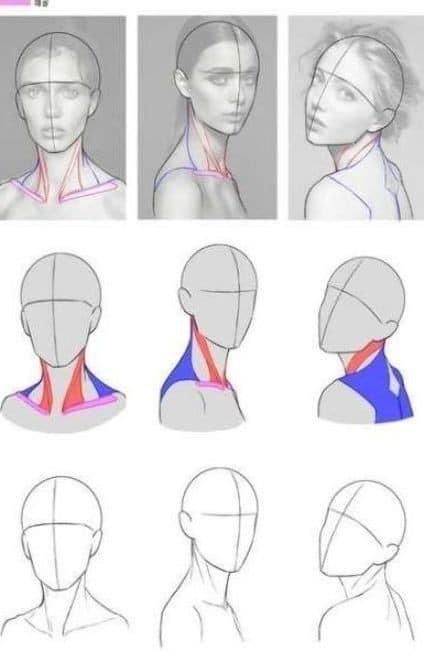

When it comes to drawing the female body, the head is an essential part of the process. It helps to establish the overall proportions of the body and sets the tone for the entire drawing. Here are some key things to keep in mind when drawing the head of a female body.
Head Shape
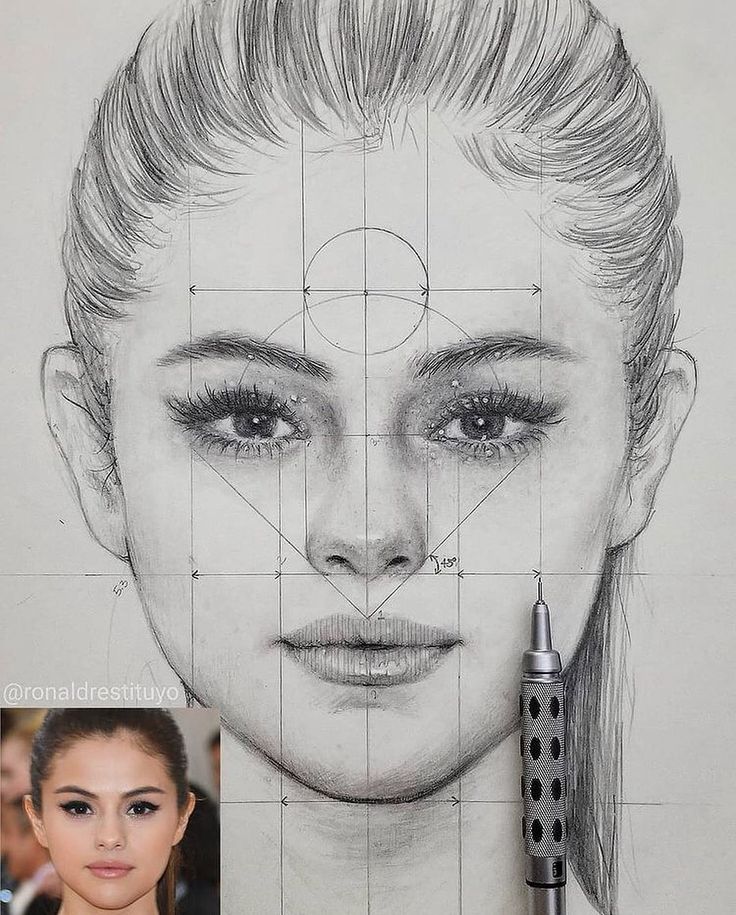
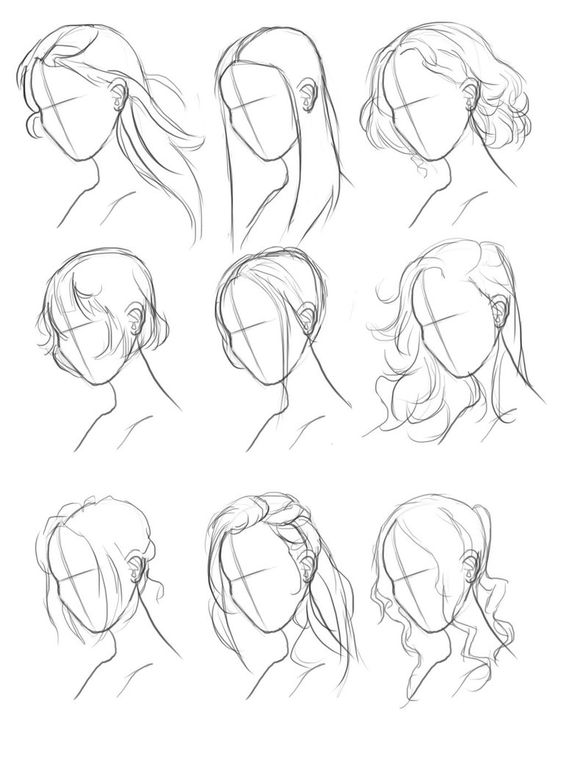
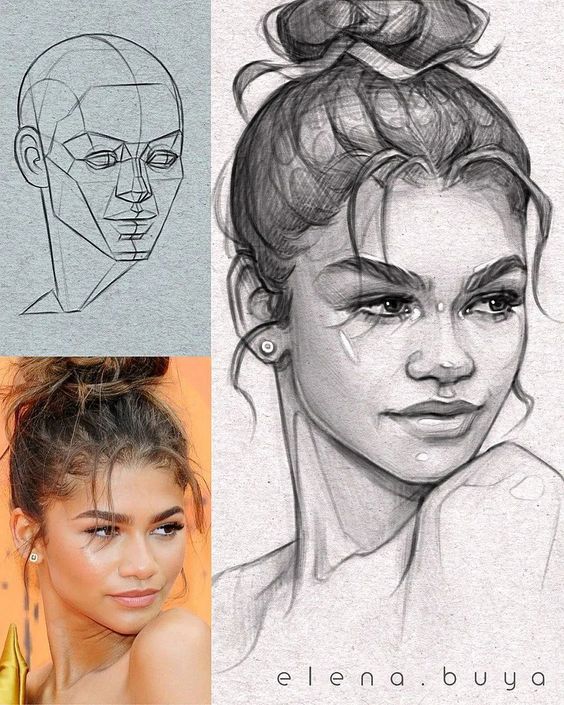

The first step in drawing the head is to sketch out the basic shape. A circle is a good starting point, but it’s important to keep in mind that the shape of the head can vary depending on the angle and the pose. The chin is also an essential part of the head, and it’s important to get the proportions right.
Facial Features
Once the basic shape of the head is established, it’s time to add facial features. The eyes, nose, and mouth are the most prominent features, and they should be placed in the correct positions. The eyes should be level with each other and the nose should be in the center of the face. The mouth should be proportionate to the rest of the face and placed slightly below the nose.
Chin
The chin is an essential part of the head, and it can be challenging to get the proportions right. It’s important to keep in mind that the chin should be proportionate to the rest of the face and should be placed in the correct position.
Head Shape
The shape of the head can vary depending on the angle and the pose. It’s important to keep in mind that the head should be proportionate to the rest of the body and should be placed in the correct position.

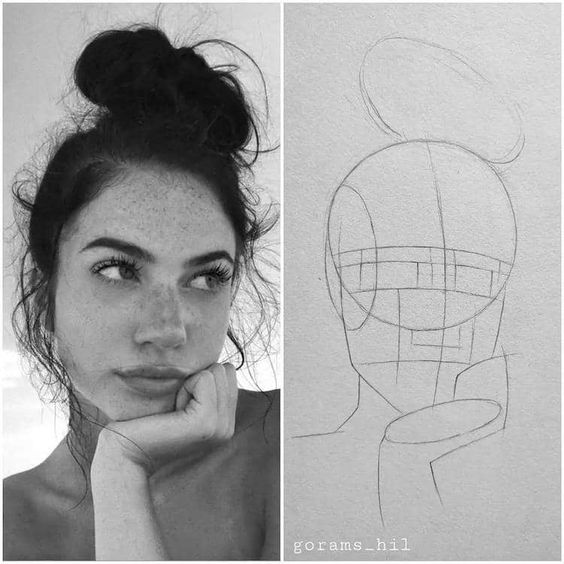
Drawing the head of a female body can be challenging, but with practice and attention to detail, it’s possible to create a realistic and proportionate drawing. Remember to start with the basic shape, add facial features in the correct positions, and pay attention to the proportions of the chin and head.
Drawing the Torso
Drawing the female torso can be challenging, but with the right techniques and understanding of anatomy, it can be a rewarding experience. In this section, we will discuss the key features of the female torso and provide tips for drawing it accurately.

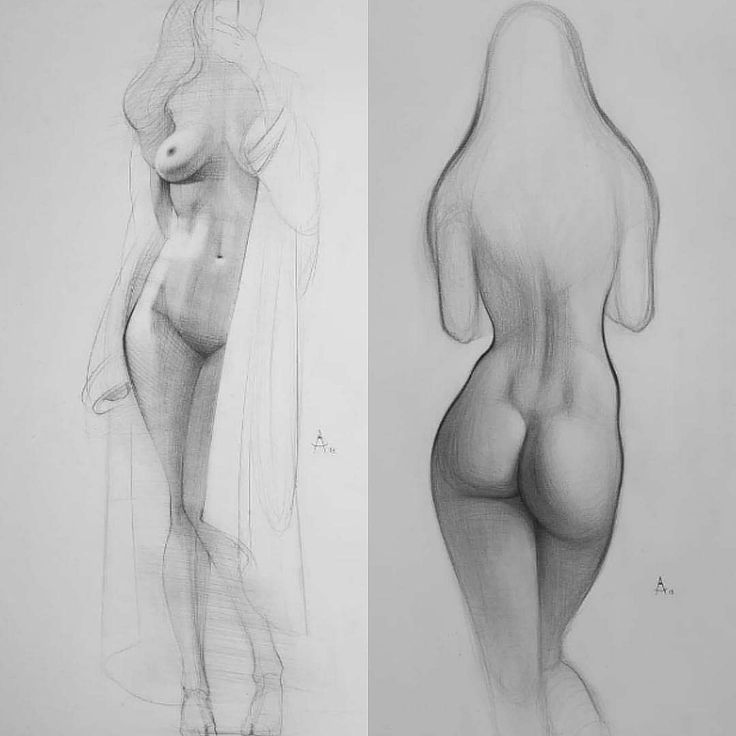
Chest and Breasts
The chest and breasts are an essential part of the female torso and can be challenging to draw. When drawing the chest, it is essential to consider the ribcage and the sternum. The sternum is a long, flat bone that runs down the center of the chest. The ribcage is a series of curved bones that attach to the sternum and the spine. It is important to understand the shape and position of the ribcage when drawing the chest.

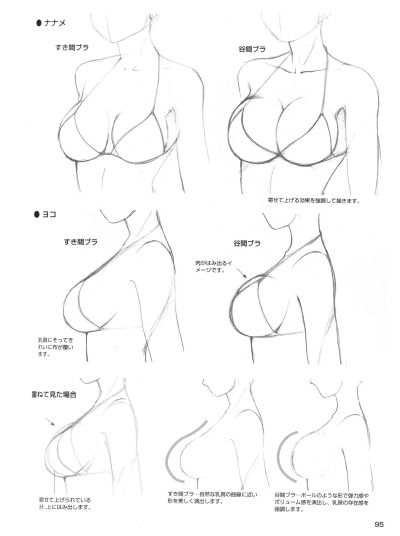
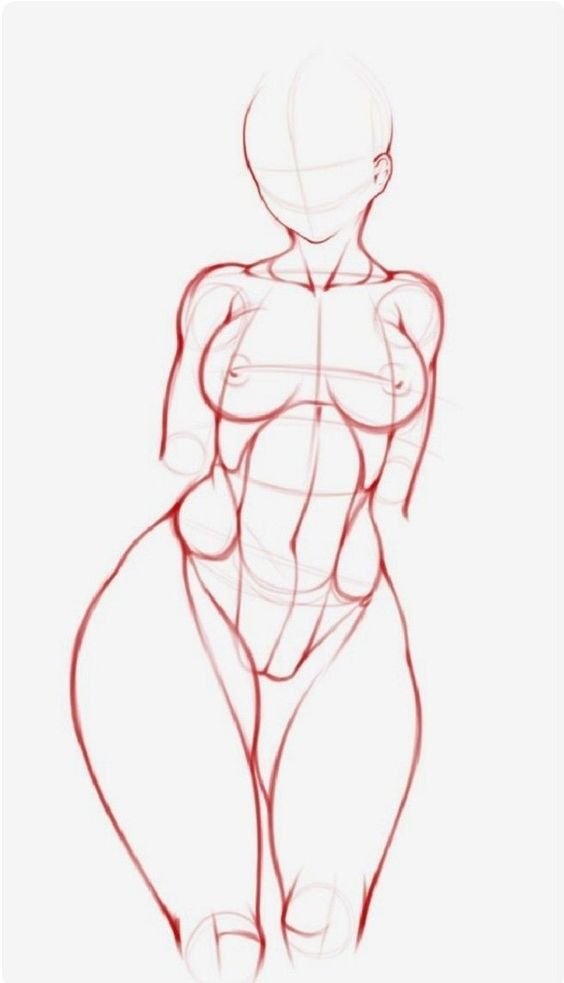

When drawing the breasts, it is essential to consider their size, shape, and position on the chest. Breasts come in many shapes and sizes, and it is crucial to observe the subject carefully to capture their unique features accurately. It is also important to consider the position of the breasts on the chest. Breasts can be high or low, close together or far apart, and understanding their position will help create a more realistic drawing.
Waist and Hips
The waist and hips are another critical feature of the female torso. The waistline is the narrowest part of the torso, located between the ribcage and the hips. When drawing the waistline, it is essential to consider the subject’s body type, as some may have a more defined waistline than others.

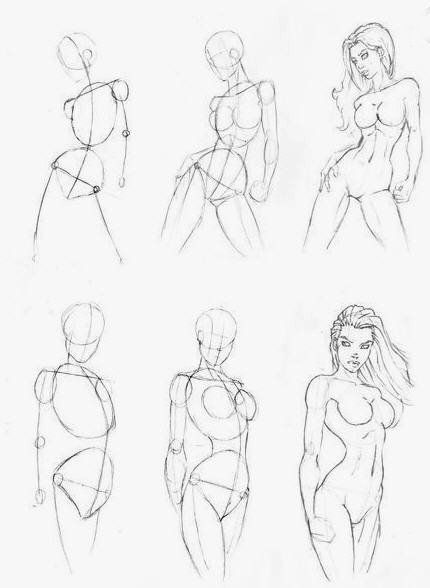
The hips are wider in females than males, creating a distinct curve in the torso. When drawing the hips, it is essential to consider the shape and position of the hip bone. The hip bone is located at the top of the pelvis and can be observed as a bony protrusion on the side of the torso. Understanding the position and shape of the hip bone will help create a more accurate drawing.
Wide hips are a common feature of the female torso, but it is important not to overemphasize them in a drawing. It is crucial to observe the subject carefully and draw their unique features accurately.
In summary, drawing the female torso requires an understanding of anatomy and careful observation of the subject. By considering the chest and breasts, waist and hips, and other features of the torso, it is possible to create a realistic and accurate drawing.
Drawing the Arms
When drawing the female body, the arms are an important feature to pay attention to. They can add balance and movement to the overall composition of the drawing. Here are some tips for drawing the arms accurately.
Shoulders and Elbows
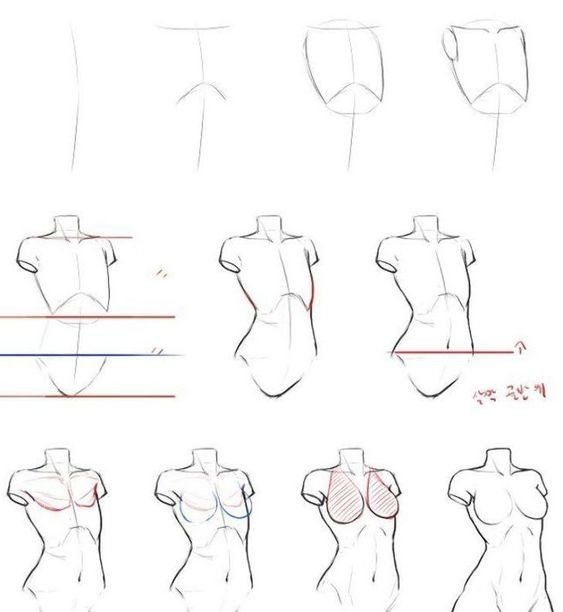

The first step in drawing the arms is to establish the shoulder line. This will help determine the placement of the arms and their overall length. The shoulder line should be drawn slightly curved to give the arms a natural look.
Next, draw the basic shape of the upper arm and forearm. The upper arm should be thicker than the forearm, and the elbow should be placed at the halfway point between the shoulder and wrist. Keep in mind that the female arm tends to be more slender than the male arm.
Hands and Fingers
Drawing the hands and fingers can be a challenge, but it is important to pay attention to the details to make the drawing look realistic. Start by drawing the basic shape of the hand and then add in the fingers. The thumb should be placed at the base of the hand and the fingers should be slightly curved.
To add more detail to the hand, draw the creases where the fingers bend and the knuckles. Keep in mind that the fingers should taper towards the tips and the nails should be drawn at a slight angle.

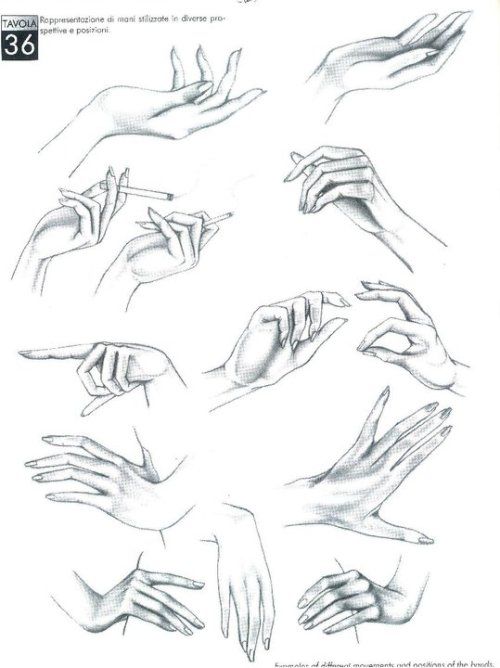
Overall, drawing the arms of the female body requires paying attention to the curves and proportions of the upper arm, forearm, and hand. By following these tips and practicing, you can create realistic and balanced drawings of the female form.
Drawing the Legs

When drawing the female body, it is important to pay attention to the legs as they can greatly affect the overall proportion and balance of the figure. Here are some tips on how to draw the legs of a female body.
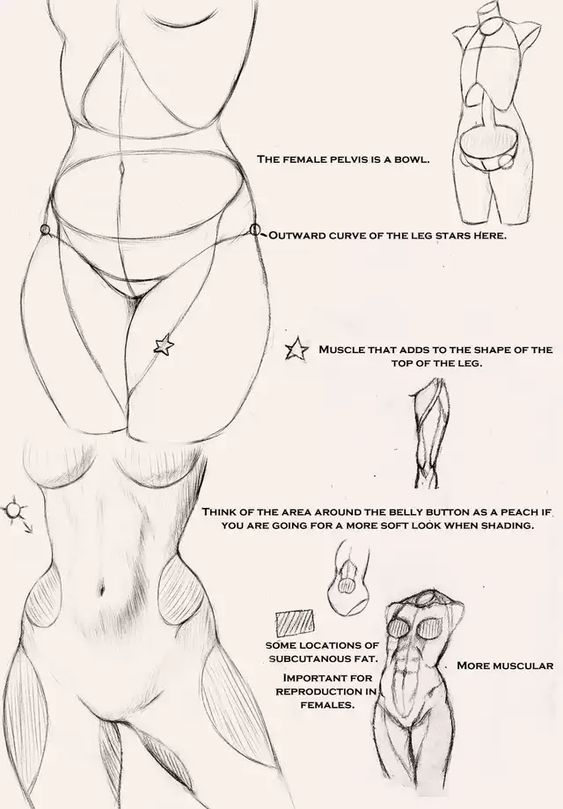

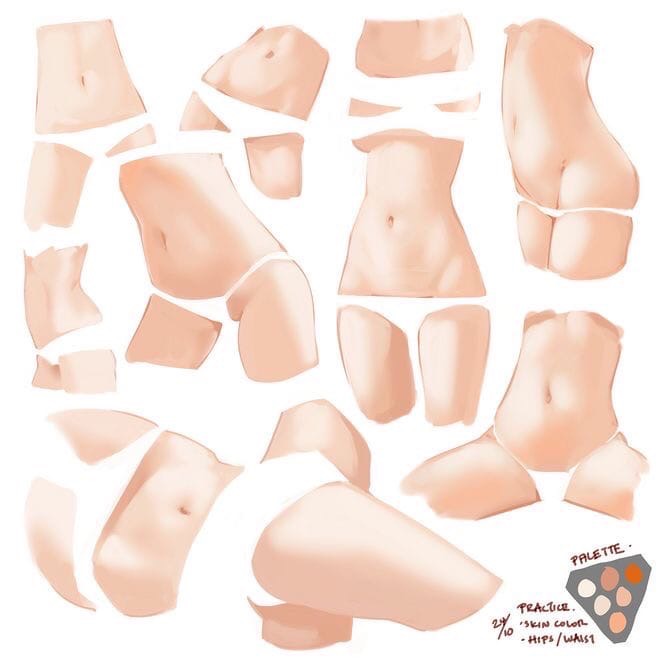
Thighs and Knees
The thighs are the upper part of the leg and are an important part of the female body. When drawing the thighs, it is important to pay attention to the curvature and shape of the leg. The thighs should be wider at the top and gradually taper down towards the knees.
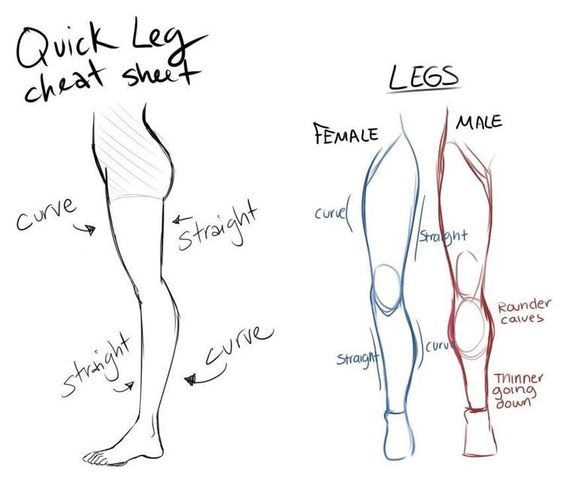
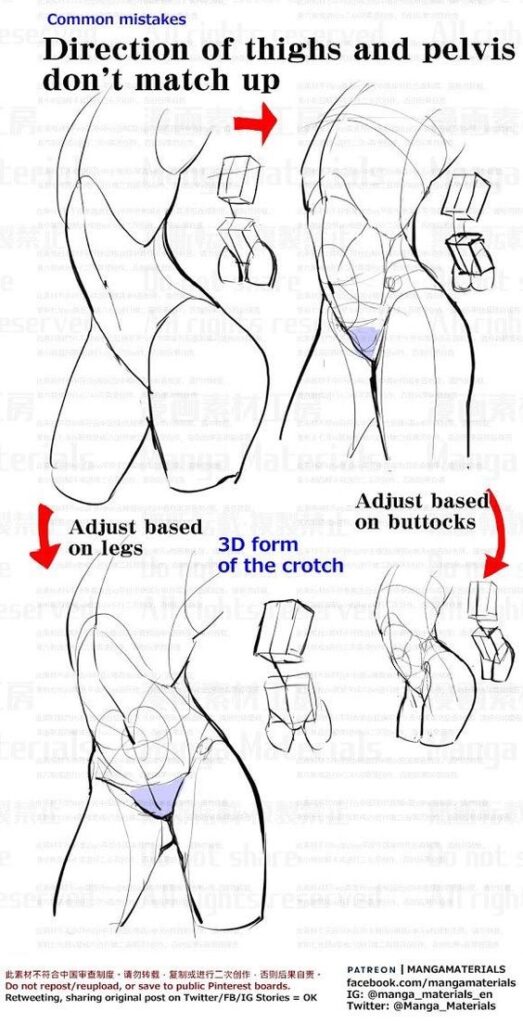
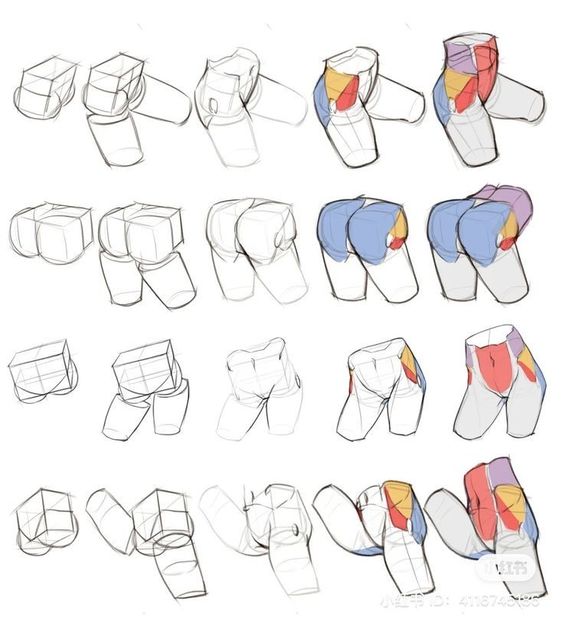

The knees are a joint that connects the thigh to the lower leg. When drawing the knees, it is important to pay attention to their placement and shape. The knees should be slightly rounded and should not be too large or too small in proportion to the rest of the leg.
Lower Legs and Feet
The lower leg is the part of the leg that extends from the knee to the ankle. When drawing the lower leg, it is important to pay attention to the calf muscle and the shape of the leg. The lower leg should be slightly thinner than the thigh and should taper down towards the ankle.
The feet are an important part of the female body and can greatly affect the overall balance and proportion of the figure. When drawing the feet, it is important to pay attention to their shape and size. The feet should be slightly smaller than the hands and should be in proportion to the rest of the body.
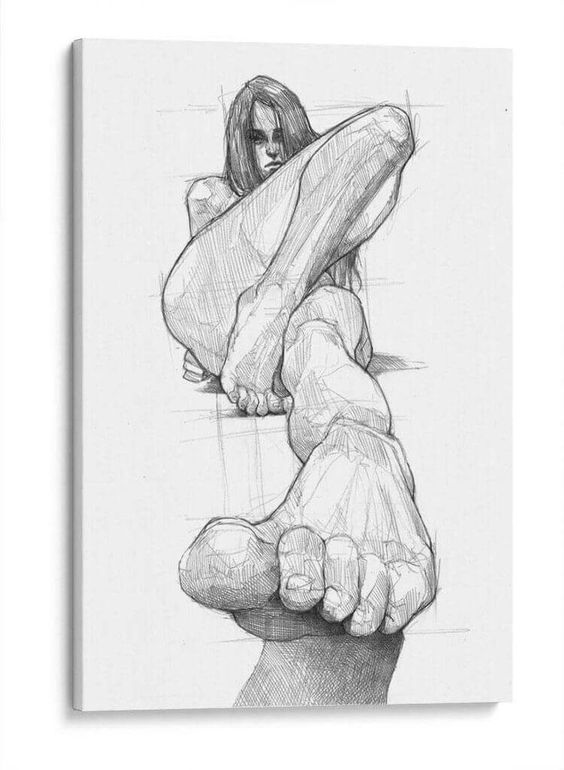
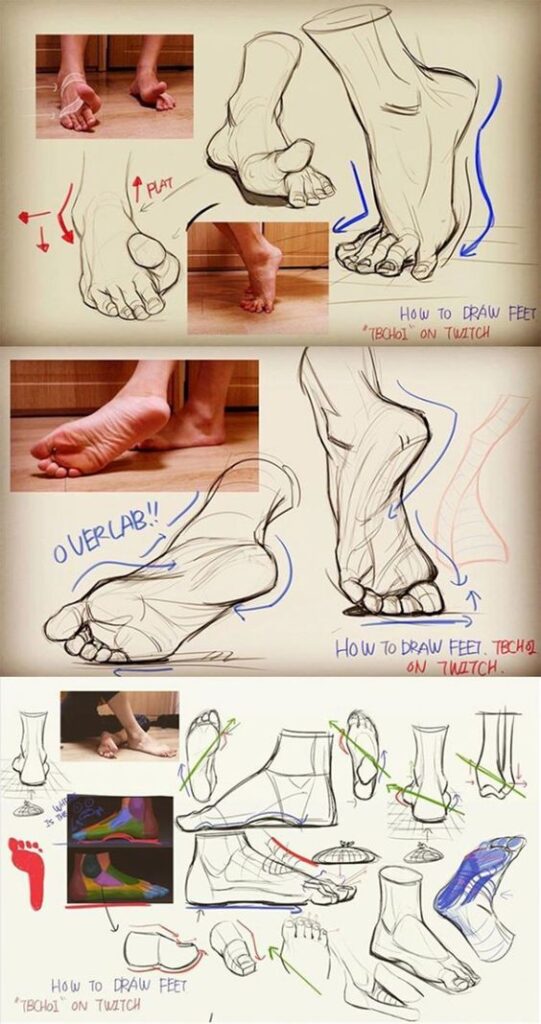
In conclusion, drawing the legs of a female body can be challenging, but with practice and attention to detail, it is possible to create a balanced and proportionate figure. Paying attention to the curvature, shape, and proportion of the legs can greatly improve the overall quality of the drawing.
Adding Details
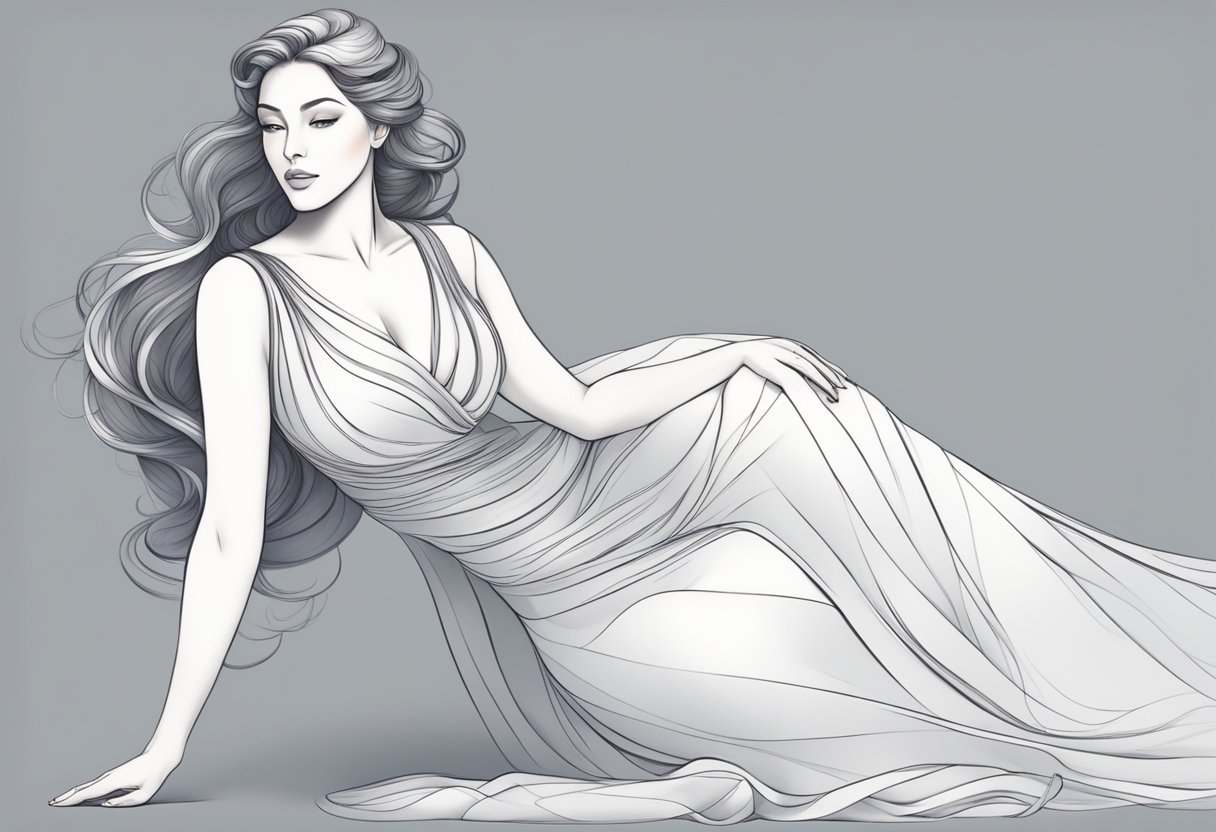
When it comes to drawing the female body, adding details is a crucial step to bring life and realism to the figure. This section will cover some important aspects to consider when adding details to your drawing.
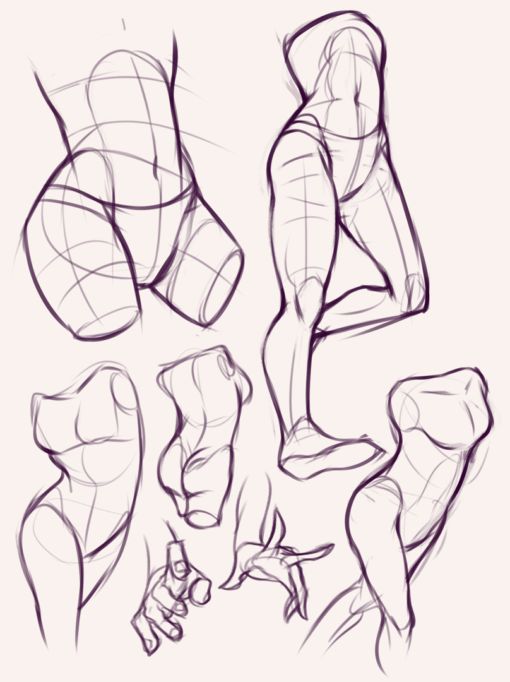

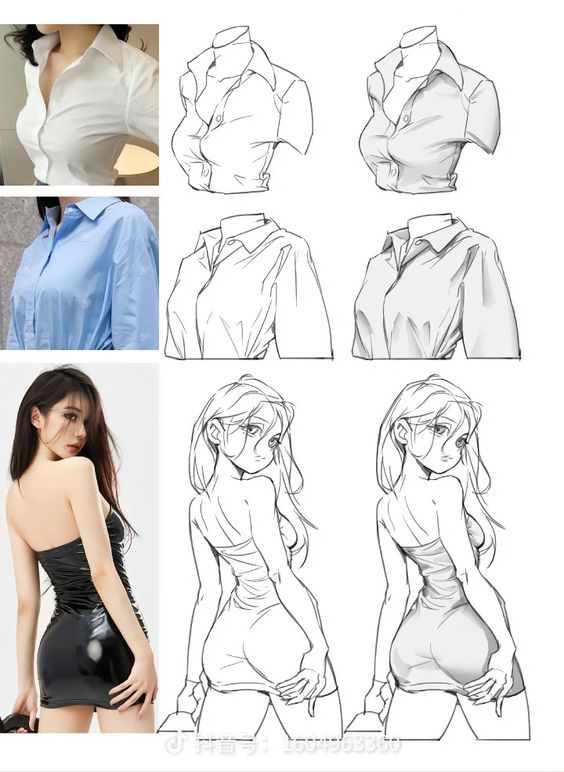
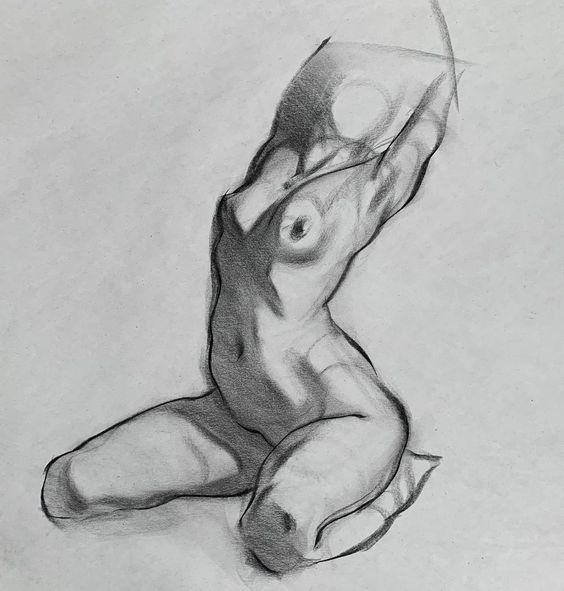
Muscles and Bones
Understanding the basic anatomy of the female body is important when adding details. Knowing the location and shape of each muscle and bone will help you create a more realistic and accurate drawing. For example, the rib cage is an important feature to consider when drawing the torso. The curvature of the rib cage will affect the curvature of the torso and the placement of the breasts.
Shading and Shadows
Shading and shadows can add depth and dimension to your drawing. It is important to consider the direction of the light source and how it affects the shadows and highlights on the body. Contrast is also important to consider when shading, as it can help define the shape and volume of the body.
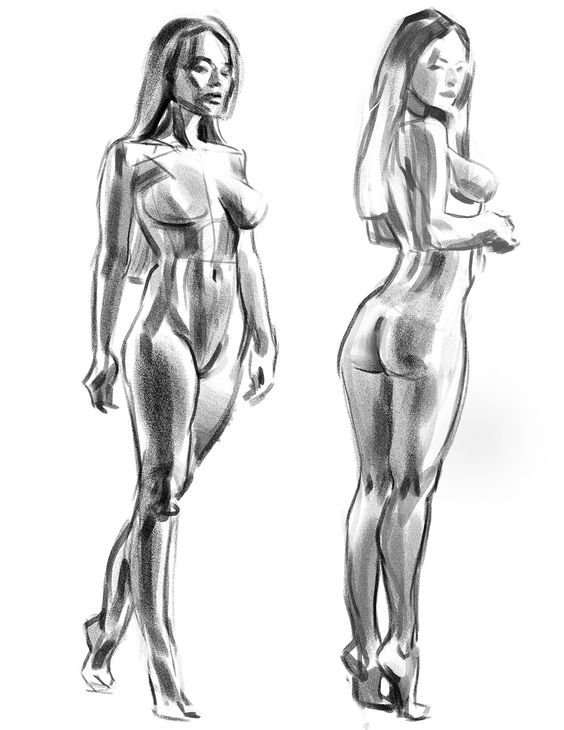
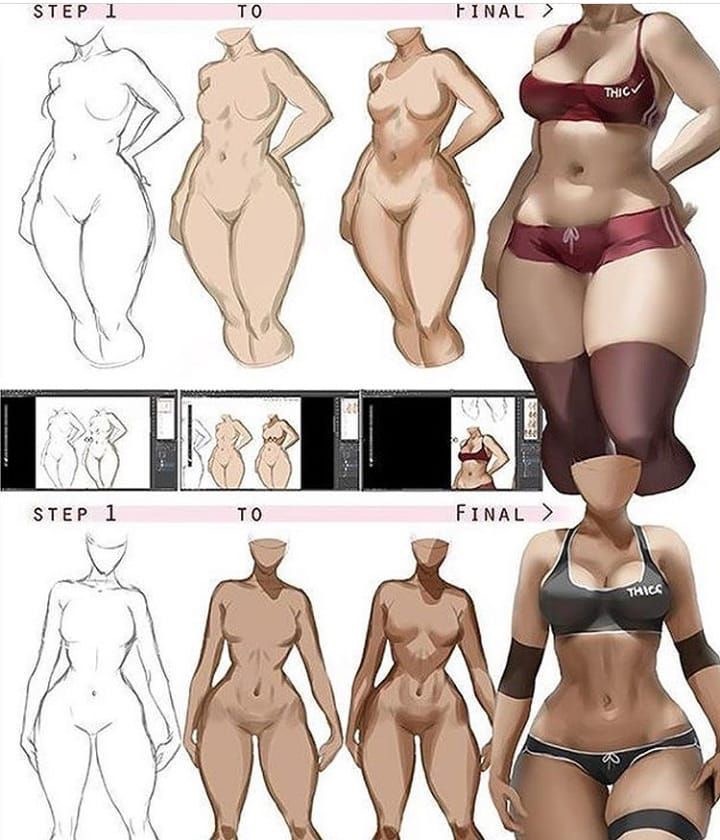
Adding Volume
Adding volume is another important aspect to consider when adding details to your drawing. The female body has curves and subtle changes in curvature that can be emphasized with shading and volume. Adding volume to the breasts, hips, and thighs can help create a more realistic and feminine figure.
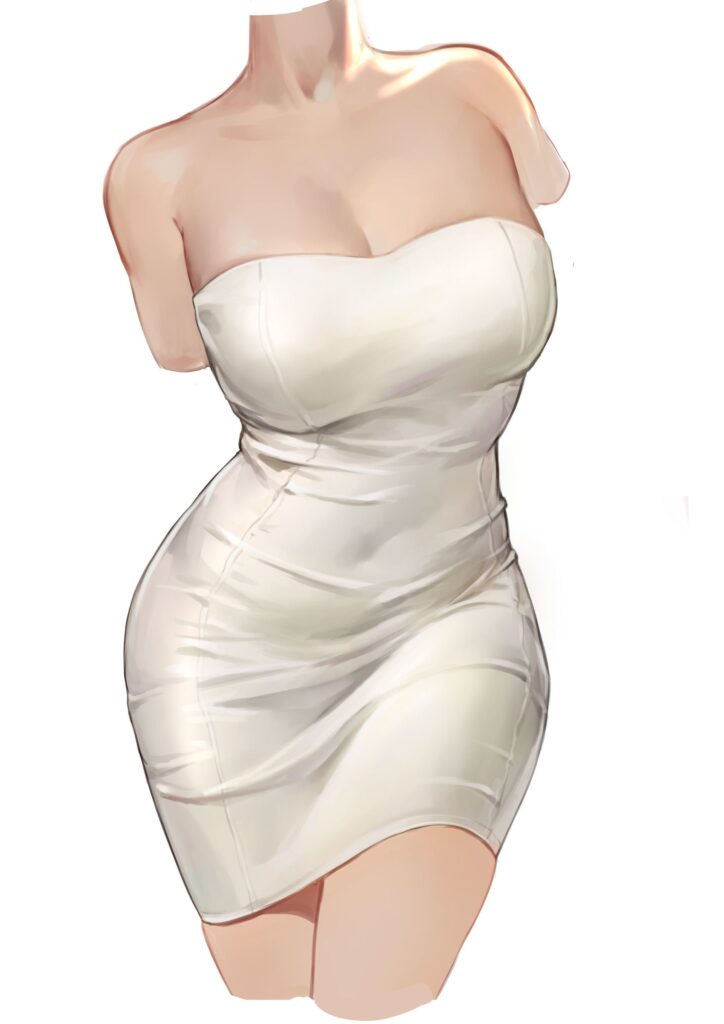

In conclusion, adding details to your drawing can help bring life and realism to the female body. Understanding the basic anatomy, considering shading and shadows, and adding volume are all important aspects to consider when adding details.
Drawing Characters

Drawing characters can be a challenging task, especially when it comes to drawing a woman’s body. However, with the right techniques and practice, anyone can learn how to draw a woman’s body in a realistic or cartoon style.
The first step in drawing a character is to determine the pose and proportions. Whether you are drawing a realistic or cartoon style, the proportions of the body are important to get right. A helpful tip is to use reference images to help guide your drawing, but avoid tracing them.

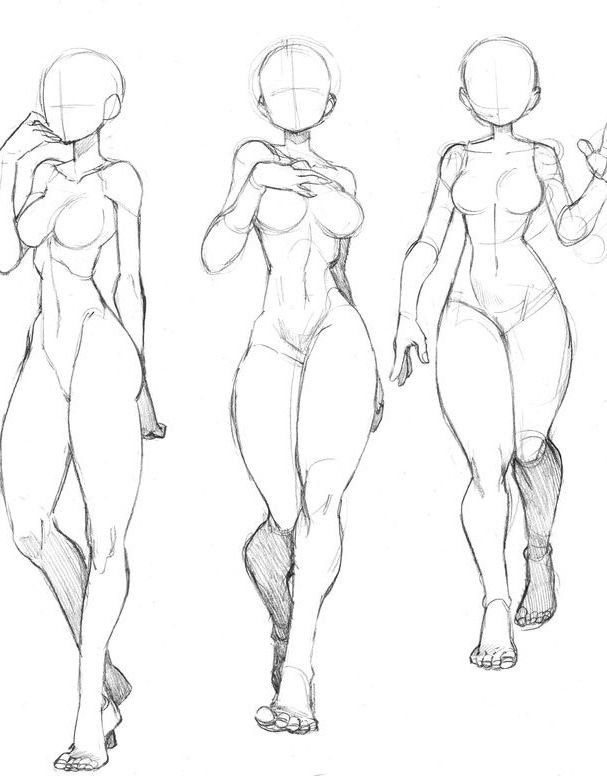
Next, start with the basic shapes, such as circles and ovals, to create a rough outline of the body. From there, you can add more detail and refine the shapes to create a more realistic or stylized look.
When drawing a woman’s body, it’s important to pay attention to the curves and contours of the body. Women tend to have more curves than men, so it’s important to emphasize those curves in your drawing.
When drawing a character, it’s also important to pay attention to the facial features and expressions. The facial expressions can convey a lot of emotion and personality to the character.
In conclusion, drawing characters, especially women, can be a challenging task, but with the right techniques and practice, anyone can learn how to draw a woman’s body in a realistic or cartoon style. Remember to pay attention to the proportions, curves, and facial features to create a well-rounded and dynamic character.
Final Touches

After sketching the female body, the final touches can make all the difference in bringing the drawing to life. Here are some tips to consider:
-
Clean up sketch lines: Before adding final touches, clean up any sketch lines that are no longer needed. This will give the drawing a more polished look.
-
Use layer blend modes: Experiment with layer blend modes to add depth and dimension to the drawing. Color Dodge, for example, can create a glowing effect.
-
Add highlights and shadows: Adding highlights and shadows can give the drawing a more realistic look. Use a light source to determine where highlights and shadows should be placed.
-
Consider trademark and copyright: If the drawing is intended for commercial use, be sure to check for any trademark or copyright issues with any elements included in the drawing. iStockphoto, for example, offers a wide range of royalty-free images that can be used in commercial projects.
By following these tips, the final touches added to the female body drawing can elevate it to the next level.
Frequently Asked Questions

How can I improve my female body drawing skills?
To improve your female body drawing skills, it’s important to focus on anatomy and proportions. Practice drawing the skeletal structure and muscle groups that make up the female body. Use references to study the curves and shapes of the female form. Experiment with different styles and techniques to find what works best for you.
What are some tips for drawing female body poses?
When drawing female body poses, it’s important to consider the weight distribution and balance of the figure. Use gesture drawing to capture the overall motion and flow of the pose. Pay attention to the positioning of the limbs and the curvature of the spine. Use foreshortening techniques to create depth and dimension.
What are some common mistakes to avoid when drawing the female body?
Common mistakes to avoid when drawing the female body include exaggerating curves or proportions, neglecting to study anatomy and proportions, and not paying attention to weight distribution and balance. It’s important to use references and study the female form to avoid making these mistakes.
How can I learn to draw the female body from different angles?
To learn to draw the female body from different angles, practice drawing the figure from multiple viewpoints. Use reference images and study the anatomy and proportions of the female form. Experiment with foreshortening techniques to create the illusion of depth and dimension.
What are some techniques for shading and highlighting the female body?
Techniques for shading and highlighting the female body include using different levels of contrast, creating smooth transitions between light and shadow, and using highlights to draw attention to certain areas of the figure. Use references to study how light interacts with the female form and experiment with different shading techniques to find what works best for you.
What are some good female body drawing references to use?


Good female body drawing references to use include photographs, art books, and online resources. Look for references that show the female form from multiple angles and in different poses. Use references to study anatomy and proportions and to get inspiration for your own drawings.
- 85.4Kshares
- Facebook0
- Pinterest85.4K
- Twitter0
- Reddit0


